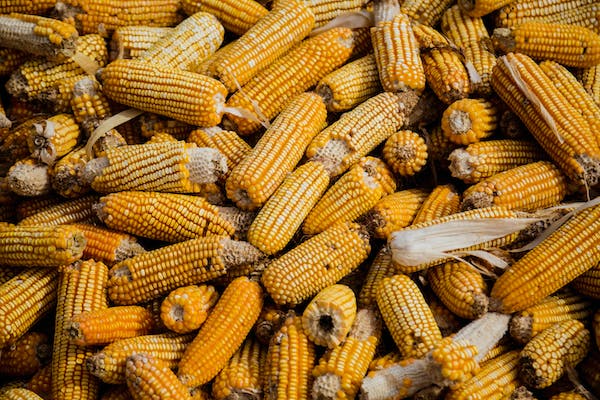Global cereal production will grow by 2% year-on-year in 2025, according to projections by the Food and Agriculture Organization (FAO).
The FAO anticipates that global cereal production will reach a historic high in 2025. The projected figure is 2.911 billion tons, more than 2% higher than in 2024. In addition, all major cereals will show growth. Corn will lead the percentage increase, while wheat will see the smallest advance.
On the other hand, corn, rice, and sorghum production will reach new highs, marking a period of sustained expansion for the global agricultural sector.
Global cereal production
One-third of the world’s cereals are used for livestock, although 86% of the dry matter in the feed is not edible for humans, recalled Anne Mottet, IFAD’s technical chief for livestock, in December 2023.
According to the FAO, global cereal use will grow by 0.8% in 2025/2026, to 2.898 billion tons. In addition, consumption as food will increase by 0.9%, while use as feed will increase by 0.5%. The main cereals will maintain this trend.
Other uses will grow by 1%, driven by wheat and rice. As a result, production will exceed demand and global stocks will rise by 1%, reaching 873.6 million tons.
Rice
Global cereal production in 2024 reached 2.853 billion tons, just 0.1% less than in 2023. The decline was due to lower production of coarse grains, especially corn, which offset growth in wheat and rice.
A partial recovery from this contraction is expected by 2025/2026. The expected increase will be mainly supported by coarse grain stocks, while rice will see a smaller rebound and wheat will show a decline in reserves. The global stock-to-use ratio is expected to remain close to 29.8%, similar to 2024/2025.
After a contraction of almost 7% in 2024/2025, global cereal trade will recover partially, with estimated growth of 1.9%, reaching 487.1 million tons. The rebound will be driven by a 3.8% increase in wheat trade, slight growth of 0.9% in coarse grains, and a 0.7% decline in international rice trade.

